An extremely interesting history of game packaging
It's got pictures and stuff
Besides being Sony’s successor to the immensely popular PlayStation, the PS2 was also a Trojan Horse for the DVD medium. And with DVD sales rapidly growing, Sony saw fit to ship its games in DVD cases, a move that stealthily served to further legitimize games as mainstream entertainment. Games had always been in their own propriety cases instead of some kind of mass market box – now, games were in a universally recognized package.

Above: Pretty much the way PS2 games looked from 2000 to today
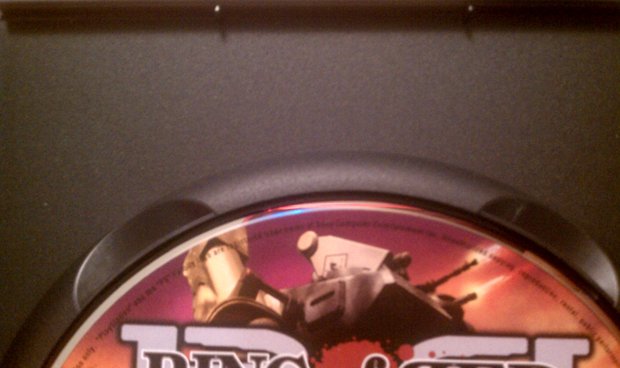
Above: Hold up – the first few months of PS2 games didn’t include a memory card slot!
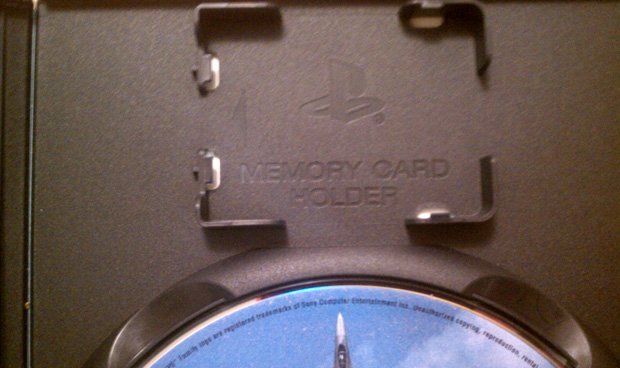
Above: Ah, much better – the way it should be
Other than special edition boxes (FFXII, Dragon Quest VIII) and massive bundle backs (Guitar Hero, Rock Band), the PS2 package remained largely unchanged for 10 years. Logo always in the same place, always a black bar, plus shipped in an industry-wide, easily produced DVD case. Brilliant move.
After three cartridge-based consoles (and a sobering loss to the CD-powered PlayStation), Nintendo saw fit to produce its first disc system. But even then it didn’t use standard DVDs, instead utilizing weird miniature discs (no, not MiniDiscs) that held less data and essentially prevented the GameCube from playing DVDs or even music CDs. However, Nintendo did ship these discs in DVD-style cases, perhaps taking cues from Sony’s already impressive head start with PS2.
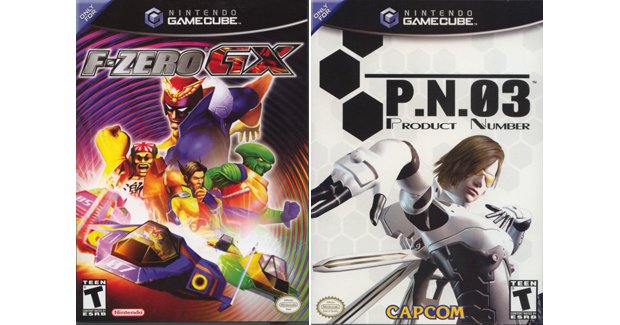
Above: Typical GameCube cases, which always had the brand and logo along the top
Weekly digests, tales from the communities you love, and more
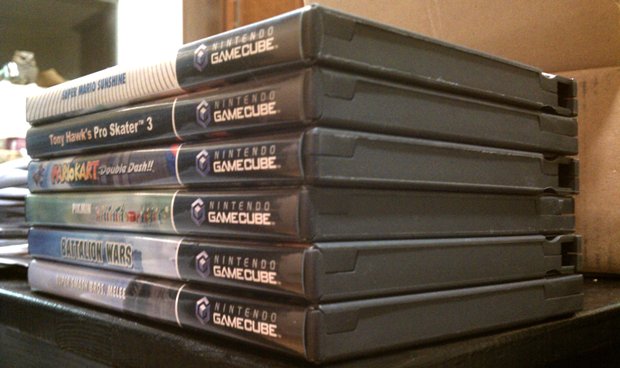
Above: But did you notice some games have holes on the right side of the case? Early GC titles didn’t have the holes, but they appeared within the first year
Why were there holes at all? I’ve always head it was for rental chains like Blockbuster – the hole made it easier to install security devices that would prevent someone from opening the case and taking the game as it sat out on a shelf. And as far as I can tell, that’s the only thing that changed during the Cube’s run. Still, that’s pretty weird and awfully specific, and something Nintendo didn’t repeat on Wii.
Like PS2 and GameCube, Xbox went to retail with standard DVD cases. But, unlike its competitors, Microsoft avoided black cases and went with a bright green that has since become the color most associated with the entire Xbox brand.
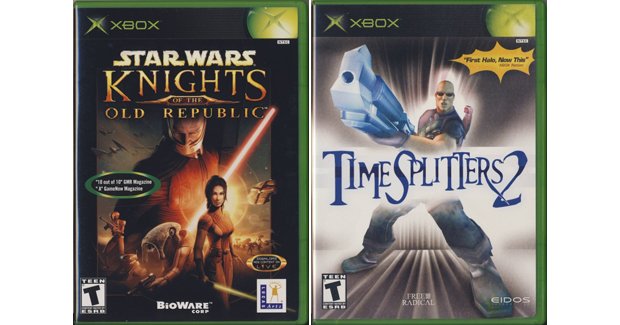
Above: From beginning to end, Xbox games came in the same green case, with logos and such along the top
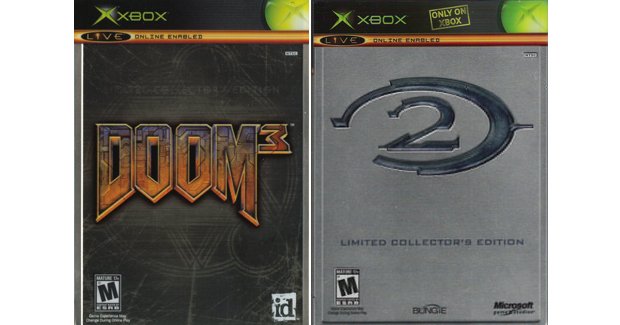
Above: There were also a handful of Steelbook cases for special editions like Doom 3 and Halo 2. It proved popular enough that even Black Ops’ Prestige Edition comes in a Steelbook
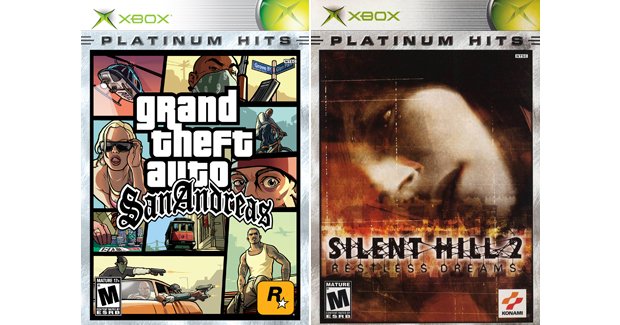
Above: Greatest Hits/Player’s Choice/Platinum Hits re-branding has become standard among the big three game companies – Xbox actually changed the case to “platinum” color rather than just slap on a badge
See how there’s less to say as we get to the modern generation? Games became too expensive and too important to allow third parties total freedom – everything must be identical, differing only in the case of bundles or more-expensive special editions.
That said, don’t think your 360 or PS3 boxes haven’t changed since launch…
A fomer Executive Editor at GamesRadar, Brett also contributed content to many other Future gaming publications including Nintendo Power, PC Gamer and Official Xbox Magazine. Brett has worked at Capcom in several senior roles, is an experienced podcaster, and now works as a Senior Manager of Content Communications at PlayStation SIE.



